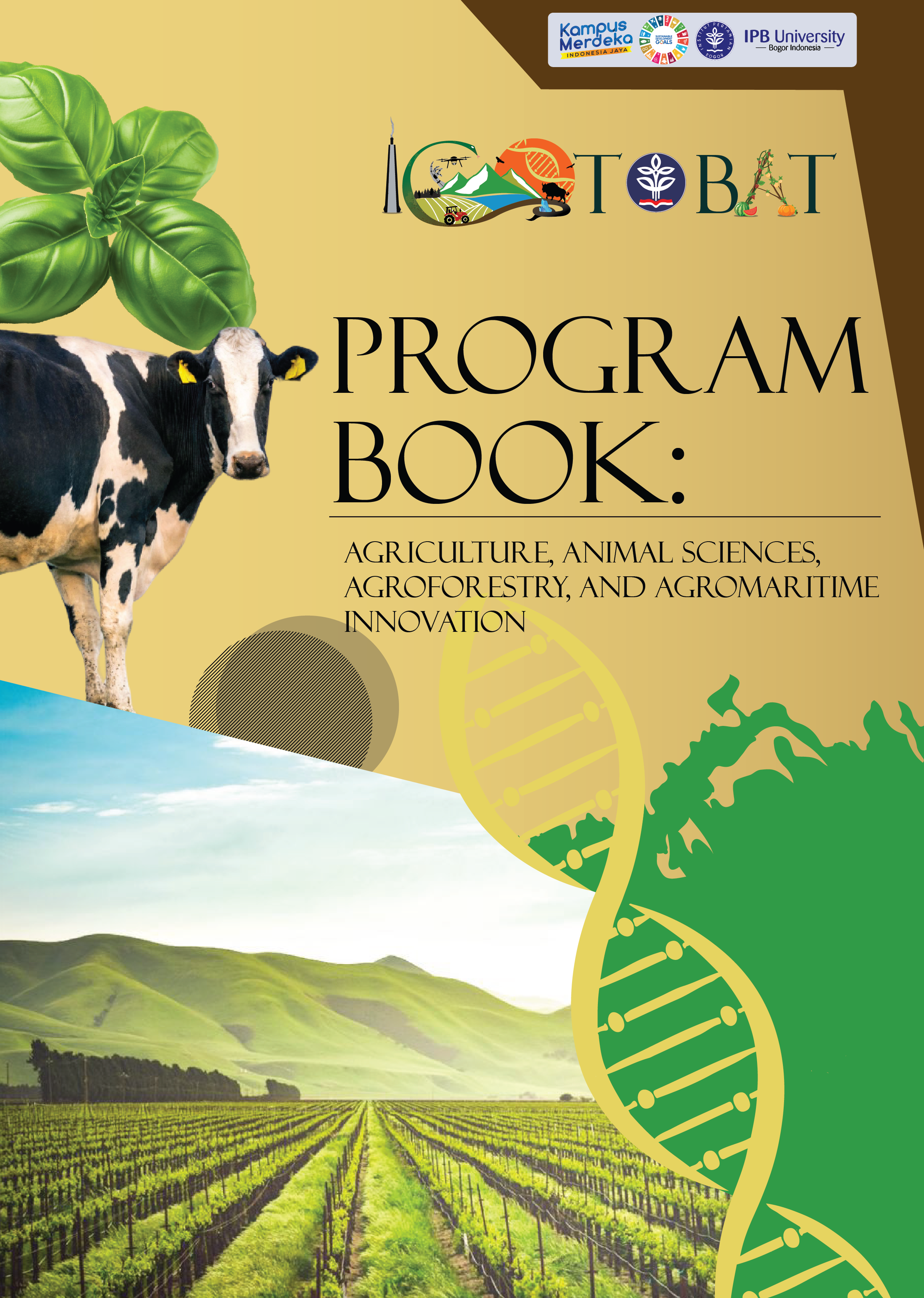Sheep Population Dynamic and the Rise of the Sakub Sheep in Brebes Regency
Keywords:
Brebes Regency Sheep Farming, Sheep Population Dynamics, Sakub SheepAbstract
Brebes Regency, Indonesia, has seen a fascinating development in sheep farming with the rise of the Sakub sheep, a new breed established in 2022. This breed is popular for its rapid growth, large body size, and premium meat quality. This study examines the impact of Sakub sheep by analyzing the sheep population dynamics. Data from the Brebes Agency for Statistics and the Brebes Agency for Livestock and Animal Health were used to examine population trends from 2019 to 2023, focusing on metrics namely natural increase (NI), net replacement rate (NRR), and sheep output. The research was conducted from January to March 2024. The results showed a decline in the overall sheep population, with numbers totaling 128,979 in 2023, representing an average decrease of 5.33% per year. However, the Sakub sheep population grew by 0.69% during the same period. The NI rate was 19.47%, but the NRR indicated negative replacement rates for males (-70.66%) and females (-23.16%). The rate of sheep slaughter for meat production was 3.67% for males and 5.07% for females, totaling 8.76% of the population, less than the NI rate. To improve sustainability, the study recommends reducing mortality rates, enhancing reproductive efficiency, and standardizing management and health practices.





























